Explanation
Hwangudan Altar, also called Hwandan Altar, refers to an altar complex for the rite of heaven. The rites were first performed in the Goryeo dynasty by King Seongjong in the first month of 983 (2nd year of his reign), but was repeatedly adopted and abolished, and eventually stopped at the start of the Joseon dynasty.
Then in 1456 (2nd year of King Sejo), the practice was temporarily standardized and the rites were performed at Hwangudan Altar again in 1457. However, rites were again abolished in 1464 (10th year of King Sejo). It wasn’t until 1897 (34th year of King Gojong) when the Joseon dynasty was renamed as the Korean Empire and King Gojong ascended to emperor, that the rite was revived.
Now, Hwangungu Shrine and three stone drums stand at the location of the former altar complex. The three stone drums symbolize the instruments used for the rites. The shrine was completed in 1899, two years after the altar was started in 1897. Today, the Hwangungu Shrine still stands within the hotel grounds of the Westin Chosun Hotel.
Inquiry
+82-2-3396-5842
Homepage
www.junggu.seoul.kr/tour (Korean, English, Japanese, Chinese)
www.cha.go.kr (Korean, English, Japanese, Chinese)
Information Use
Contact and Information : • 1330 Travel Hotline: +82-2-1330
(Korean, English, Japanese, Chinese)
• For more info: +82-2-3396-5842
Location
112, Sogong-ro, Jung-gu, Seoul
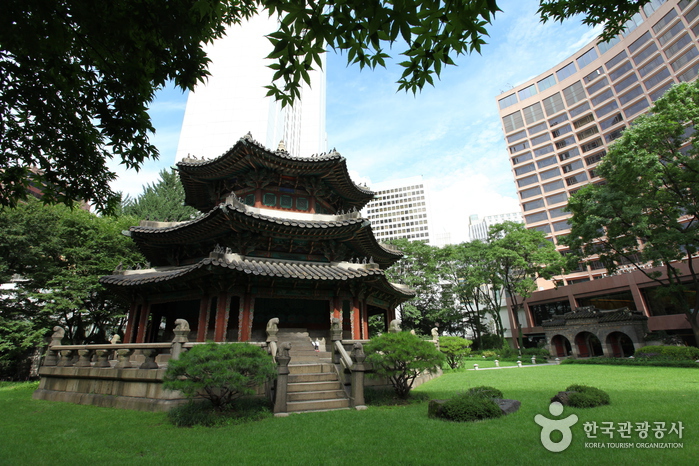
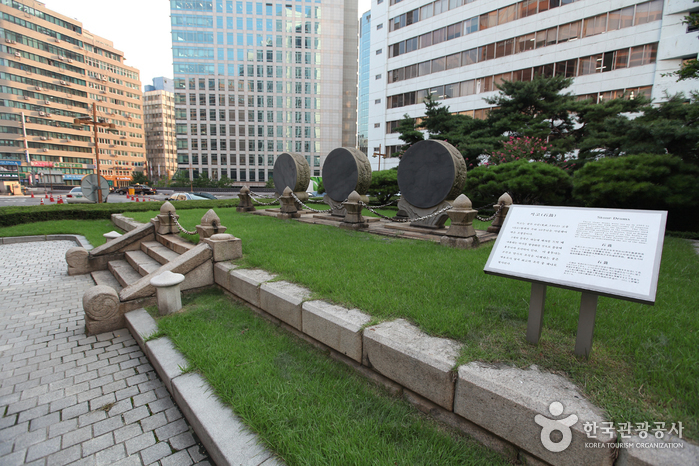
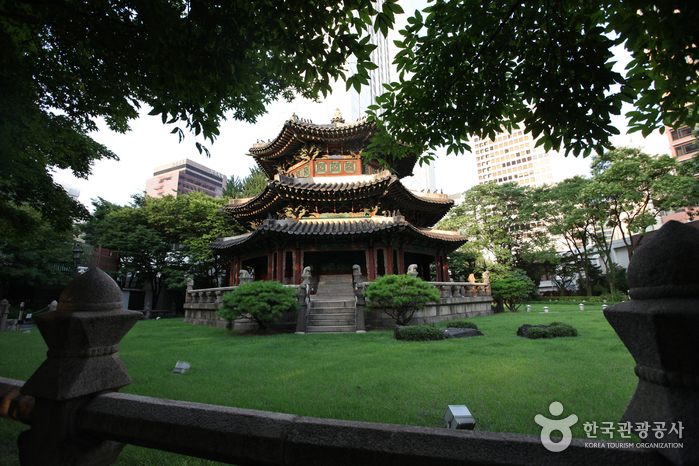
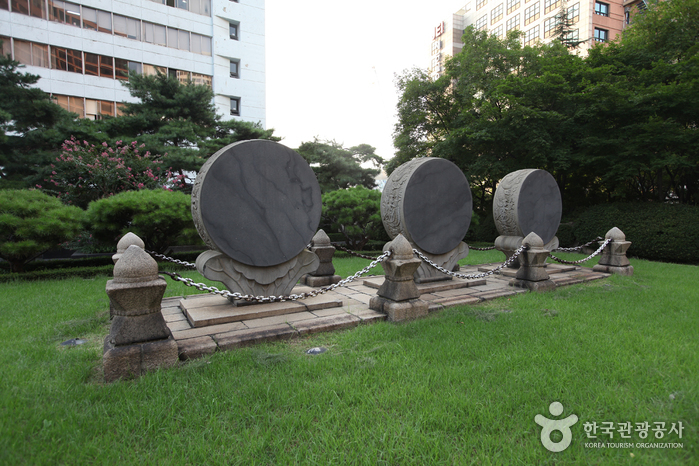
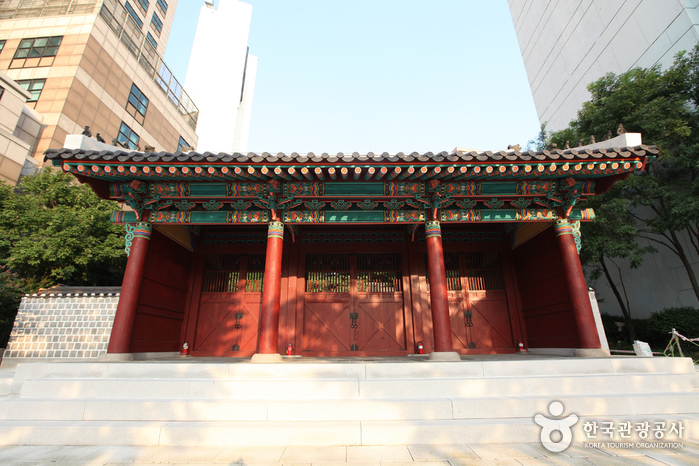
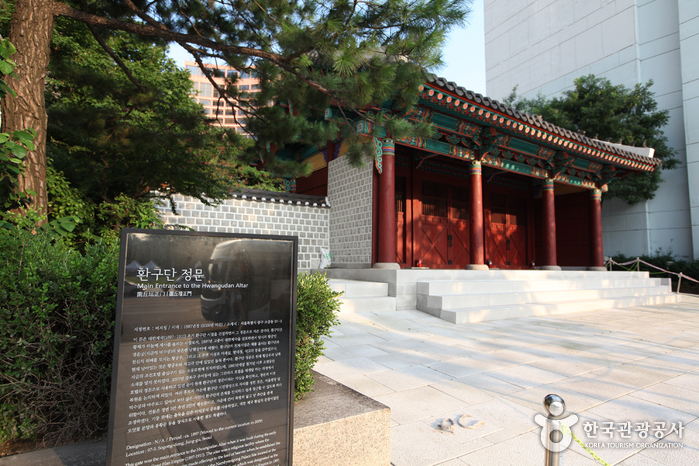
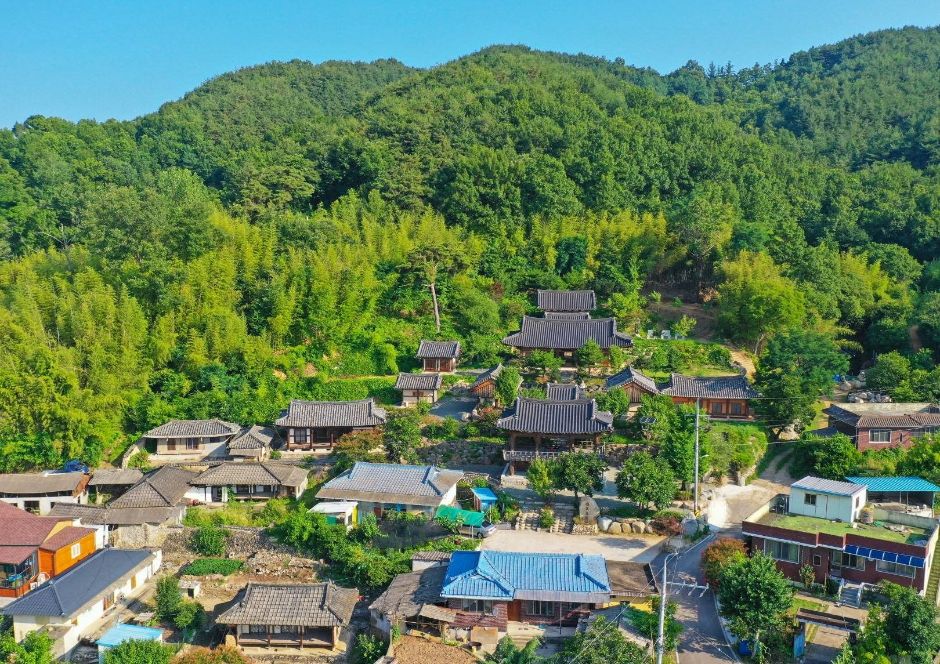

 English
English
 한국어
한국어 日本語
日本語 中文(简体)
中文(简体) Deutsch
Deutsch Français
Français Español
Español Русский
Русский